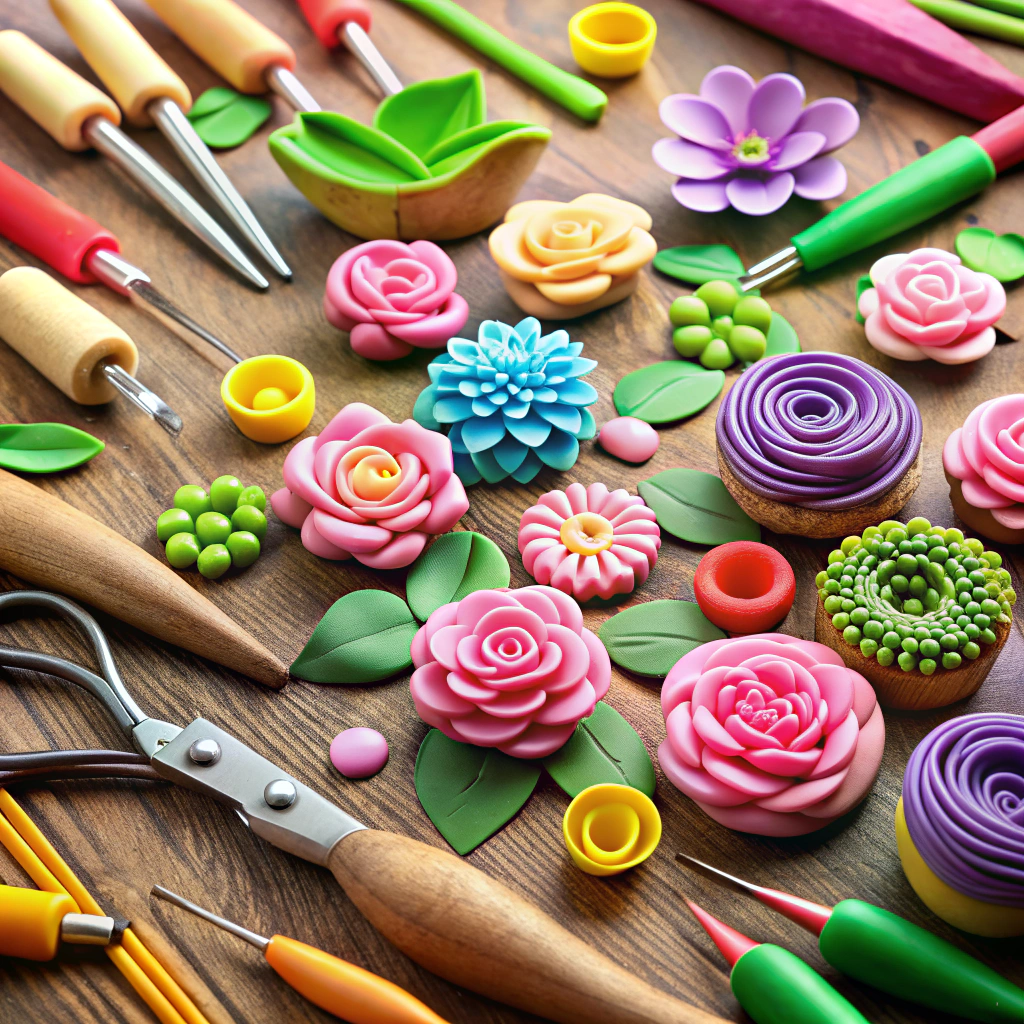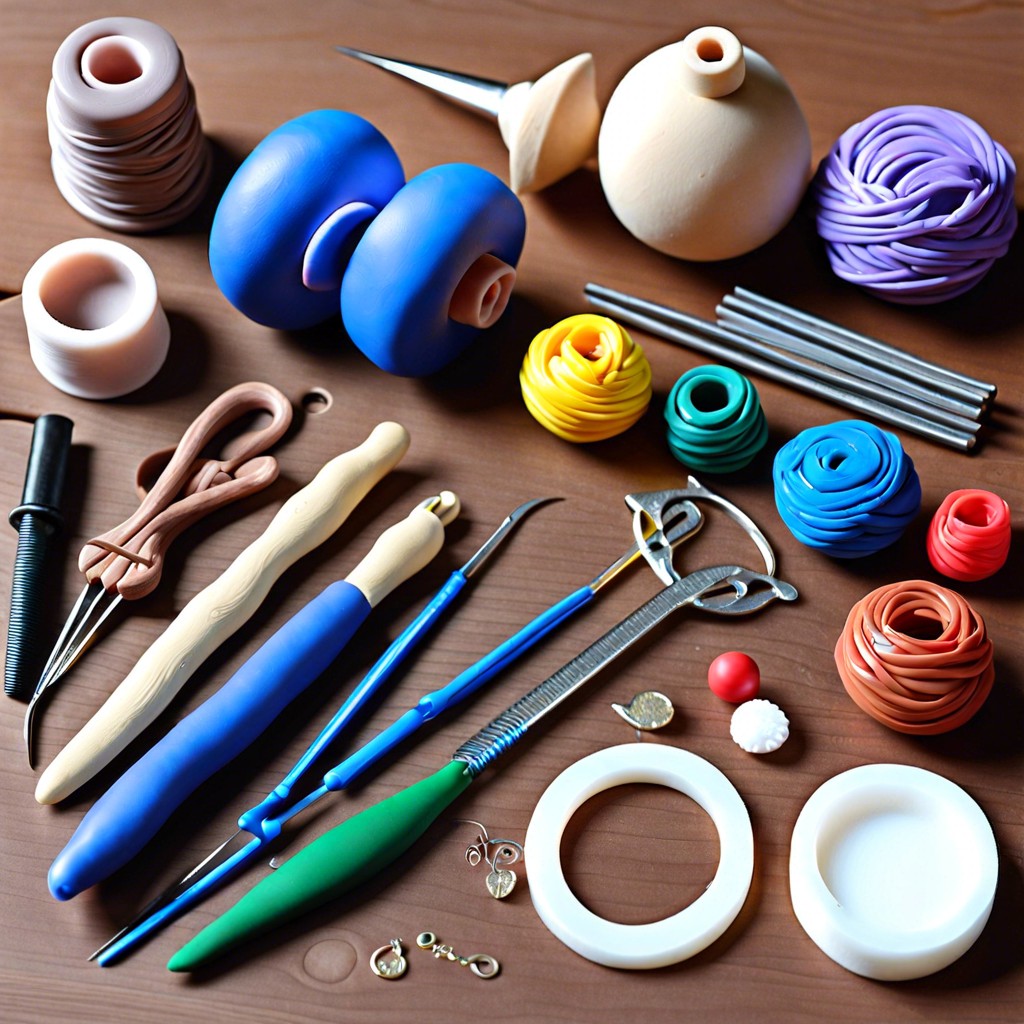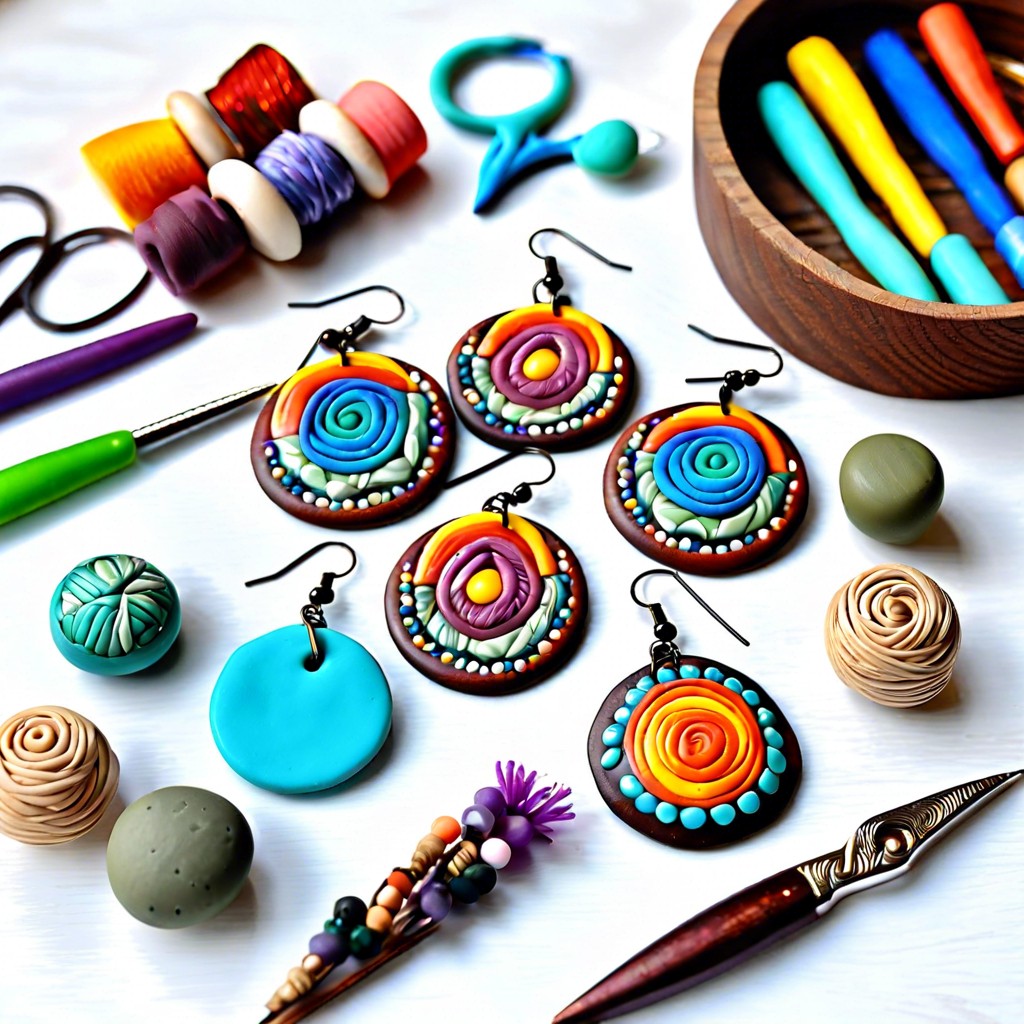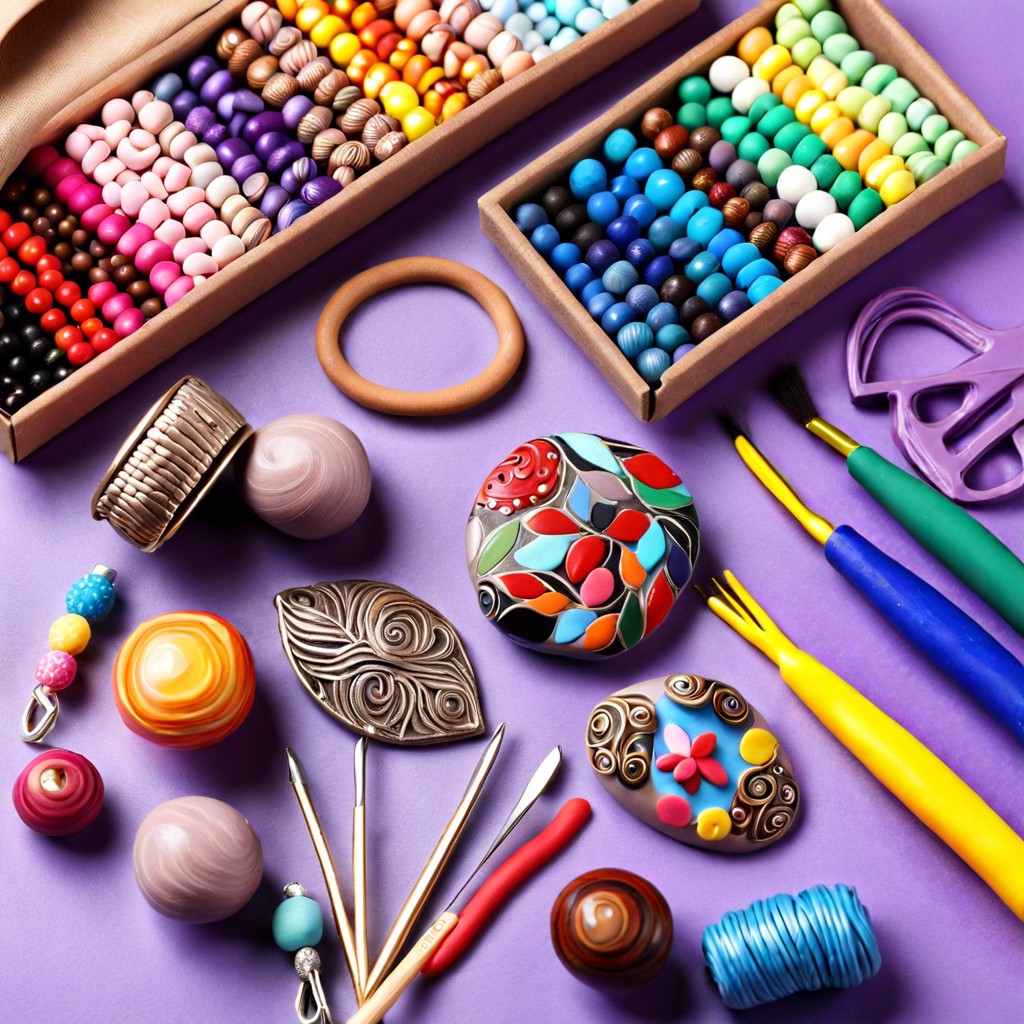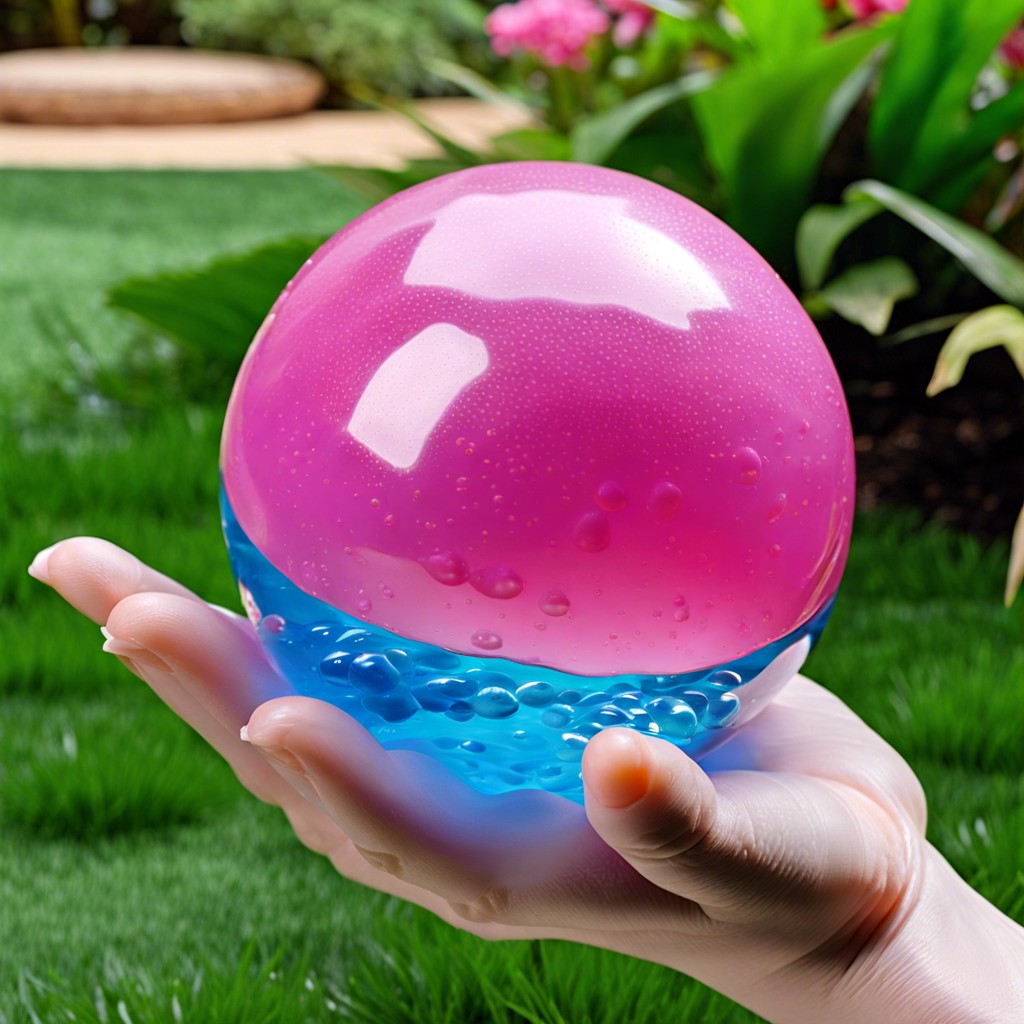Discover a world of stunning modern house siding ideas that will transform your home’s exterior into an architectural masterpiece.
If you’re thinking about updating the exterior of your home, one of the most impactful changes you can make is to update your siding. Not only does it protect your home from the elements, but it also plays a big role in its overall aesthetic.
With so many modern options available today, it can be tough to know where to start. That’s why we’ve put together this list of 20 ideas for modern house siding that are sure to inspire and help you find the perfect fit for your home.
From sleek and minimalist designs to bold and eye-catching patterns, there’s something here for everyone!
Vinyl Siding
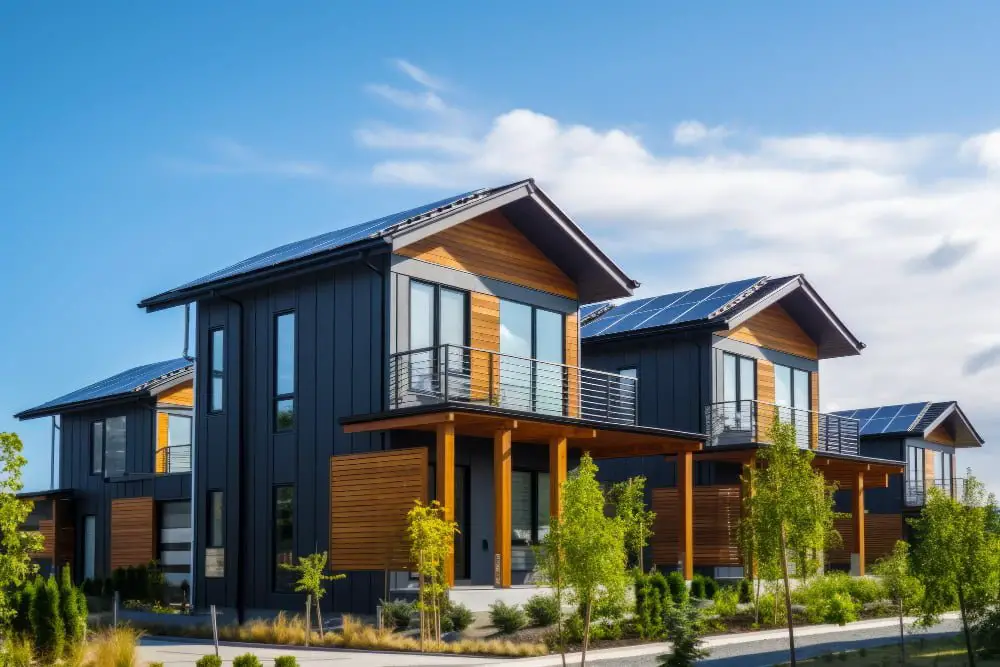
Vinyl siding is a popular choice for modern house exteriors due to its affordability, durability, and low maintenance requirements. It is made of PVC (polyvinyl chloride) resin and comes in a variety of colors and textures that mimic the look of wood or other materials.
Vinyl siding can withstand harsh weather conditions such as wind, rain, hailstorms without fading or cracking. It also resists pests like termites and doesn’t rot like wood does over time.
One downside to vinyl siding is that it’s not environmentally friendly since it’s made from plastic material which takes hundreds of years to decompose in landfills if not recycled properly. However, some manufacturers have started producing eco-friendly vinyl sidings with recycled content making them more sustainable options for homeowners who want an affordable yet durable exterior finish for their homes.
Fiber Cement Siding
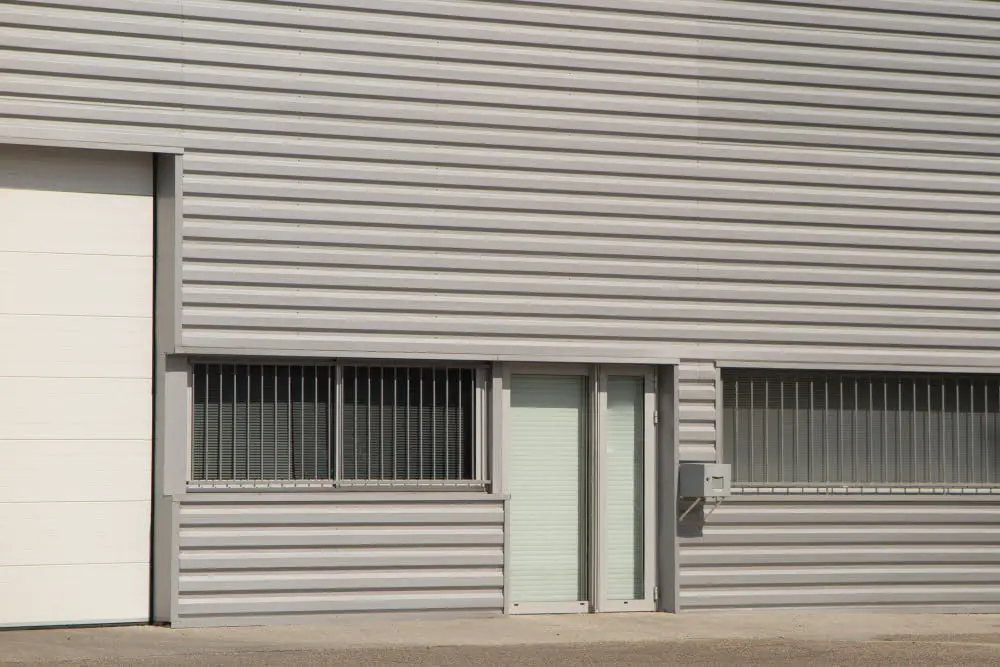
Made from a mixture of cement, sand, and cellulose fibers, this type of siding can mimic the look of wood or stucco without the risk of rotting or warping. It is also resistant to fire, insects, and moisture damage.
Fiber cement siding comes in various styles such as lap siding (horizontal planks), shingle-style (vertical panels), or board-and-batten (alternating wide boards with narrow strips). It can be painted any color desired which makes it easy to match with other exterior elements like trim work.
Installation requires special tools but once installed properly fiber cement sidings are long-lasting. However improper installation may lead to water infiltration behind the material causing mold growth so it’s important that homeowners hire experienced professionals for installation purposes.
Stucco Finish
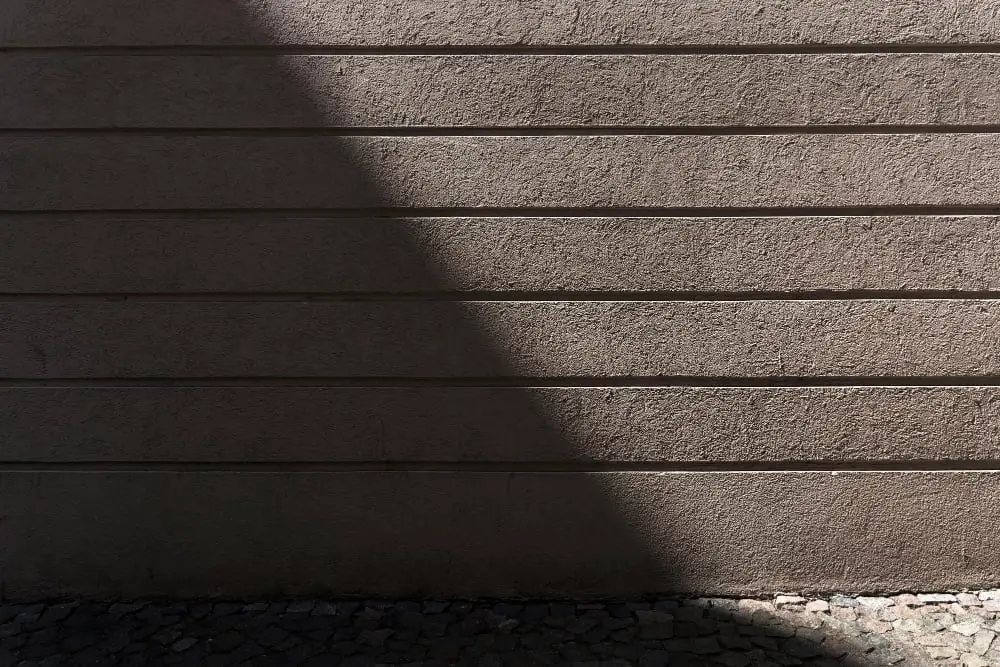
It is made of cement, sand, and water mixed together to create a plaster-like material that can be applied over various surfaces such as concrete blocks or wood frames. Stucco can be textured in different ways depending on the desired look – from smooth finishes to rough textures that mimic natural stone.
One of the benefits of stucco finish is its ability to insulate homes by keeping them cool in summer and warm in winter. This helps reduce energy costs while also providing an attractive exterior appearance.
However, it’s important to note that stucco requires regular maintenance such as cleaning and repainting every few years. If not installed properly with proper drainage systems, moisture can seep into the walls causing damage over time.
Metal Cladding
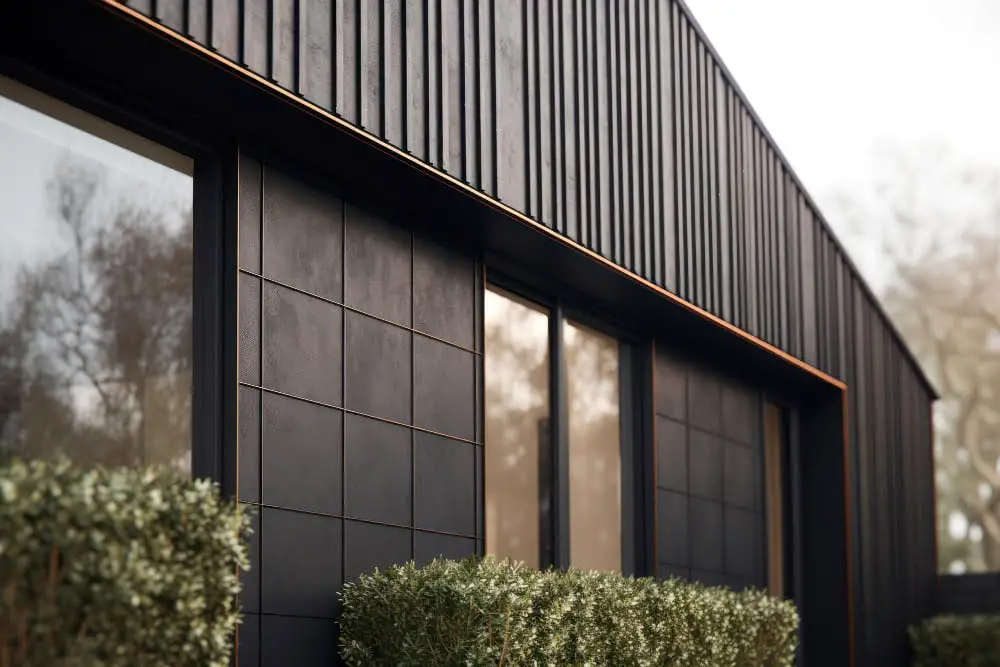
It can be made from various metals, including aluminum, steel, copper or zinc. Metal cladding panels are available in different shapes and sizes that can be customized to fit the design of any home.
One of the main advantages of metal cladding is its resistance to weathering and corrosion. This makes it an ideal option for homes located in areas with harsh climates or near saltwater environments where other materials may deteriorate quickly.
Another benefit of metal cladding is that it requires minimal maintenance compared to other siding options such as wood or stucco finish. Metal panels do not need painting or sealing regularly; they only require occasional cleaning with water and mild detergent.
Metal cladding also offers excellent insulation properties when combined with proper installation techniques like adding insulation layers between the panel system’s framing structure. This helps reduce energy costs by keeping heat inside during winter months while reflecting sunlight away during summer months.
Stone Veneer
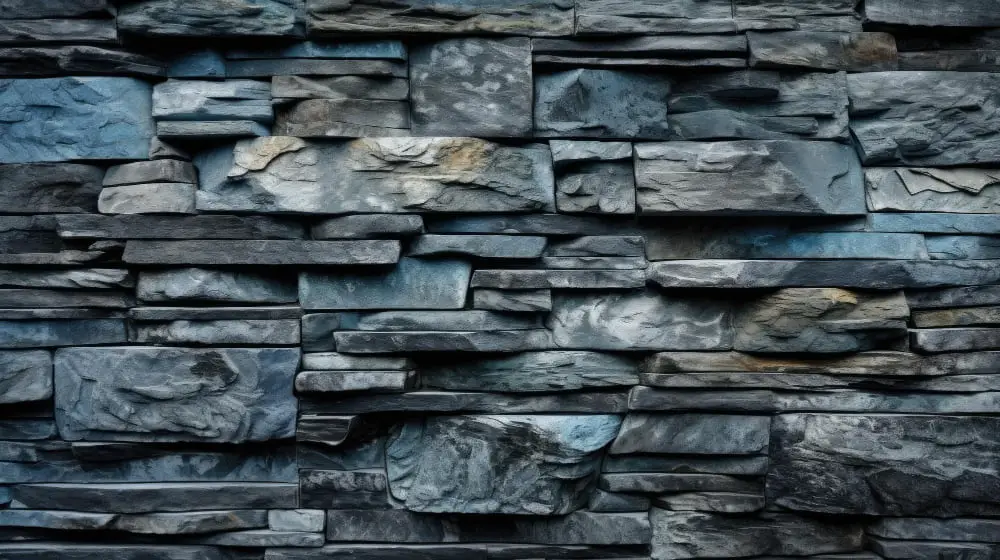
It is made from thin slices of real stone that are attached to the exterior walls of the house. Stone veneer comes in various shapes, sizes, and colors, making it easy to find one that matches your home’s style.
One advantage of using stone veneer as a siding material is its low maintenance requirements. Unlike natural stones which require regular sealing and cleaning, stone veneers only need occasional washing with water or mild soap.
Another benefit of using this type of siding material is its energy efficiency properties. Stone has excellent insulation capabilities which can help reduce heating and cooling costs by keeping the interior temperature stable.
However, it should be noted that installing stone veneer requires professional expertise since improper installation may lead to moisture problems such as mold growth or structural damage over time.
Brick Facade
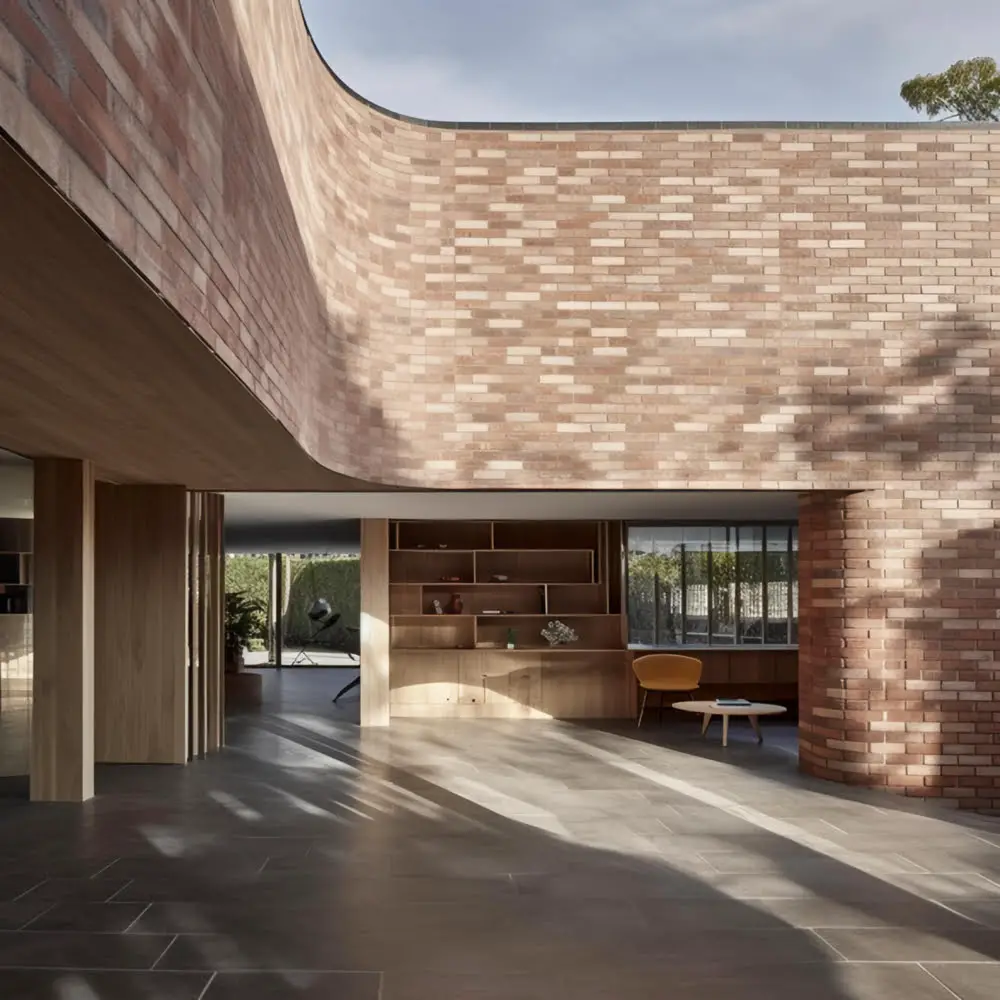
It provides a timeless look that can be customized to fit any design style. Brick siding is durable, low-maintenance, and fire-resistant.
It also offers excellent insulation properties which help regulate the temperature inside the house and reduce energy costs.
Bricks come in various colors, textures, and sizes allowing homeowners to create unique patterns or designs on their facades. The installation process of brick siding requires skilled labor but once installed it can last for decades without needing repairs or replacements.
One downside of brick facade is its weight which may require additional structural support during construction adding extra cost to the project budget.
Wood Siding
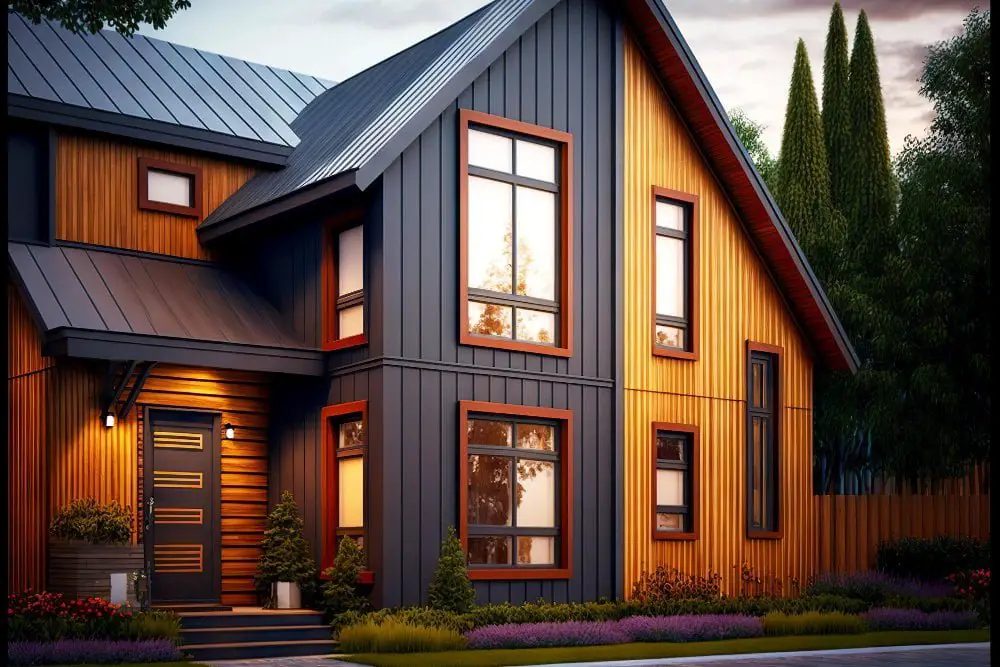
It adds warmth and natural beauty to the exterior of any home. Wood siding comes in different types, including cedar, pine, spruce, and redwood.
Cedar is one of the most popular choices because it’s naturally resistant to rot and insects.
One advantage of wood siding is that it can be painted or stained in any color you like to match your house’s style or personal preference. However, wood requires regular maintenance such as painting or staining every few years to keep its appearance intact.
Another benefit of using wood siding on your home’s exterior is that it provides excellent insulation against heat loss during winter months while keeping cool air inside during summer months.
Engineered Wood
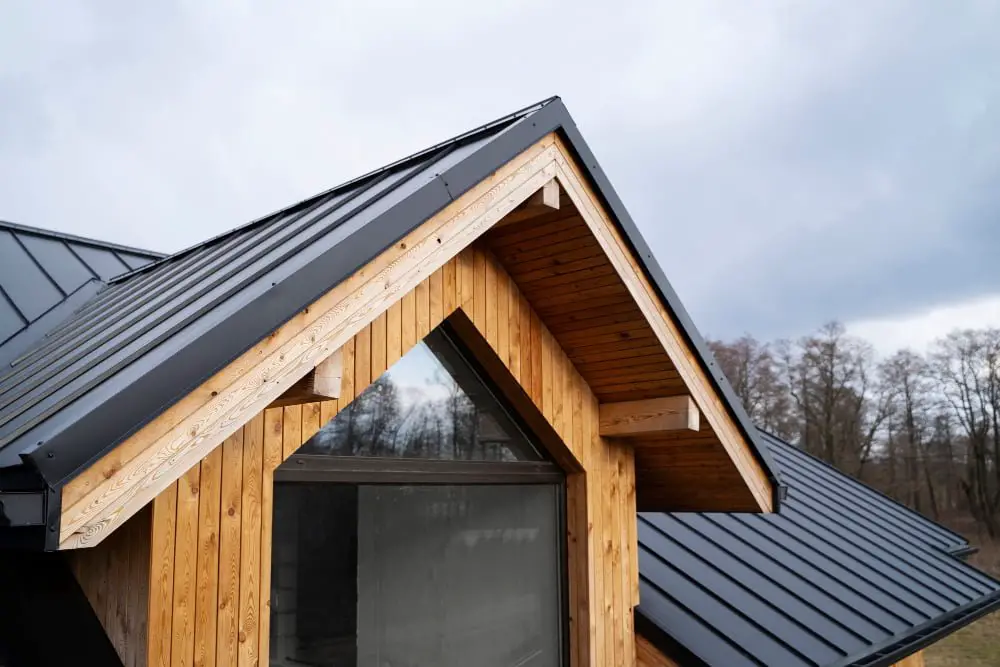
It is made by bonding together strands, fibers, or veneers of wood with adhesives under high pressure and temperature. This process creates a strong material that resists warping, splitting, and cracking better than traditional solid wood.
One of the main advantages of engineered wood siding is its ability to mimic the look of natural materials such as cedar or redwood without their maintenance requirements. It can be pre-finished in various colors and textures to match any architectural style.
Another benefit is that it offers superior resistance against moisture damage, termites, rotting fungi compared to other types of wooden sidings. Engineered woods are also eco-friendly since they use less timber than solid-wood products while still providing similar strength properties.
Aluminum Siding
It is resistant to rust, rot, and insect damage, making it an excellent option for areas with harsh weather conditions. Aluminum siding comes in a variety of colors and finishes that can mimic the look of wood or other materials.
It is also lightweight and easy to install compared to other types of siding. However, aluminum can dent easily if hit by heavy objects like hailstones or tree branches.
It may not be as energy-efficient as some other options unless insulated properly during installation. Overall though, aluminum siding remains a great choice for homeowners looking for an affordable yet durable exterior finish that requires minimal upkeep over time.
Glass Panels
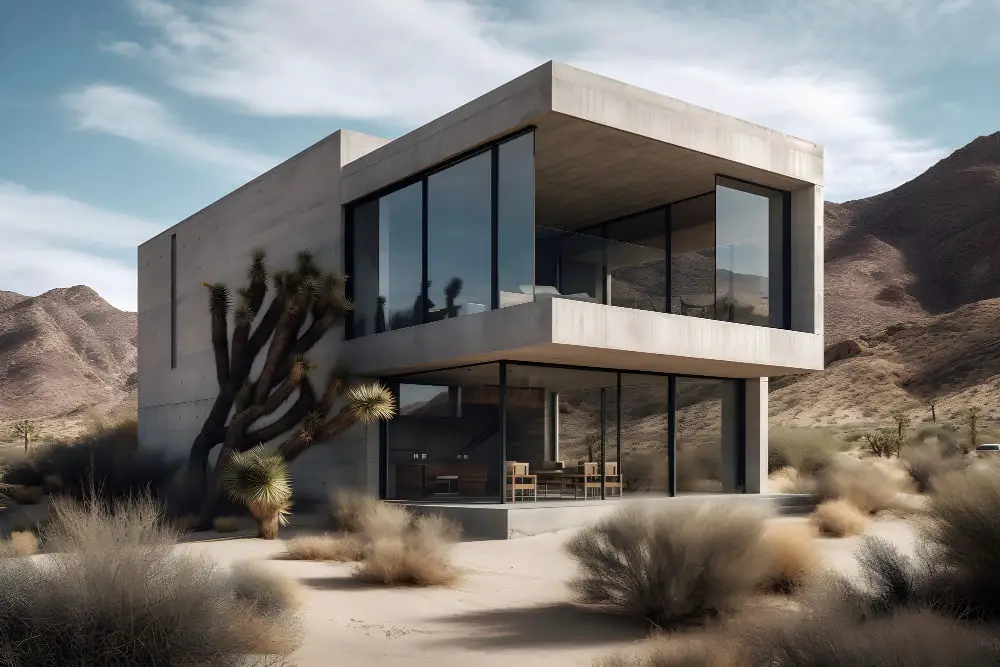
They allow natural light to enter the home, creating a bright and airy atmosphere. Glass panels can be installed in various sizes and shapes, including large floor-to-ceiling windows or smaller accent pieces.
However, it is important to note that glass is not as durable as other materials such as brick or stone veneer and may require more maintenance over time. Privacy can be an issue with glass panel siding unless frosted or tinted options are chosen.
If you’re looking for a modern aesthetic with plenty of natural light but don’t mind some upkeep requirements then glass panel siding could be the perfect option for your home’s exterior design!
PVC Panels
PVC stands for polyvinyl chloride, which is a type of plastic that is resistant to moisture and weathering. PVC panels come in various colors and textures that can mimic the look of wood or other materials.
One advantage of using PVC panels as house siding is their ease of installation. They can be easily cut with standard tools such as saws or shears and attached directly onto the wall surface with screws or nails.
Another benefit is their resistance to rotting, warping, cracking or fading over time. This makes them ideal for areas with high humidity levels where traditional wood sidings may not hold up well.
However, it’s important to note that some environmental concerns have been raised about the production process used in making PVC products since they involve toxic chemicals like chlorine gas which could harm human health if not handled properly during manufacturing processes.
Reclaimed Wood
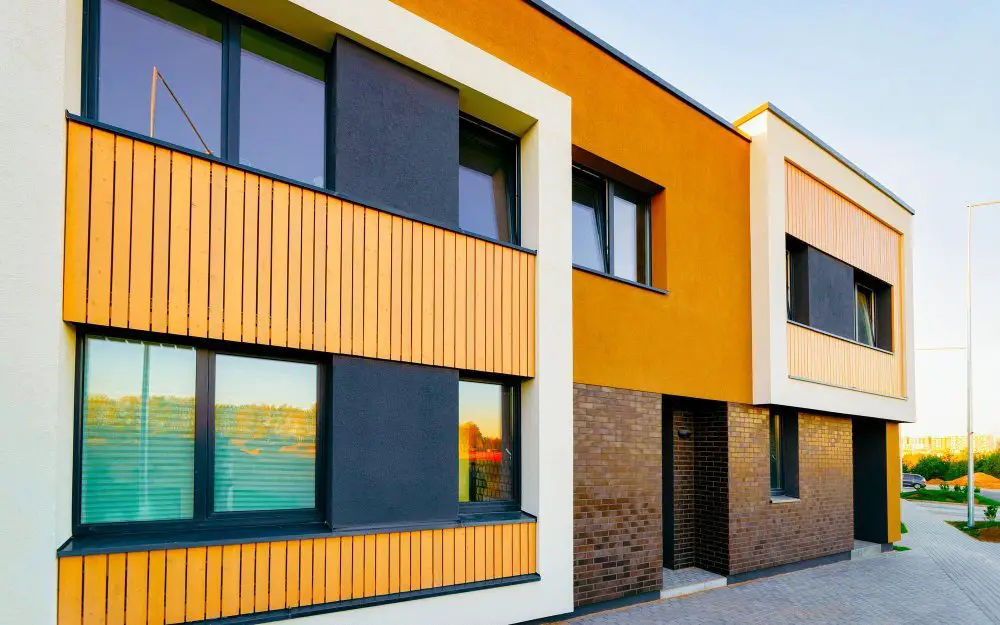
This type of wood is salvaged from old buildings, barns, or other structures that are no longer in use. The reclaimed wood can be used as-is or milled into planks for installation on the exterior of a home.
One advantage of using reclaimed wood siding is that it adds warmth and texture to the overall design aesthetic. Each piece has its own history and patina, which creates an interesting visual effect when installed together.
Another benefit of using reclaimed wood siding is that it’s environmentally friendly since it repurposes existing materials instead of cutting down new trees. Many homeowners appreciate the sustainability aspect because they feel like they’re doing their part to reduce waste.
However, there are some downsides to consider before choosing this option: Reclaimed woods may require more maintenance than other types since they have already been exposed to weathering elements over time; also sourcing quality material can be challenging depending on your location.
Textured Render
It can be applied in a variety of finishes, from smooth to coarse, and comes in an array of colors. Textured render is made up of cement, sand, water and additives that give it strength against weathering elements such as wind or rain.
One advantage of textured render is that it can be used on any type of surface including brickwork or concrete blocks. This makes it ideal for renovation projects where the existing structure needs updating but cannot be removed entirely.
Another benefit is its insulating properties which help regulate temperature inside the house by keeping heat out during summer months while retaining warmth during winter months.
Ceramic Tiles
They come in various sizes, shapes, colors, and textures that can be mixed and matched to create unique designs. Ceramic tiles are made from natural clay that is fired at high temperatures to produce a hard-wearing material that can withstand harsh weather conditions.
One of the advantages of ceramic tiles is their low maintenance requirements. They do not need painting or sealing like other types of siding materials such as wood or stucco.
Ceramic tiles also resist fading, chipping, cracking, and insect damage.
Another benefit of ceramic tile siding is its energy efficiency properties. The air pockets between the individual pieces provide insulation against heat loss during winter months while keeping homes cooler in summer by reflecting sunlight away from the building envelope.
Insulated Siding
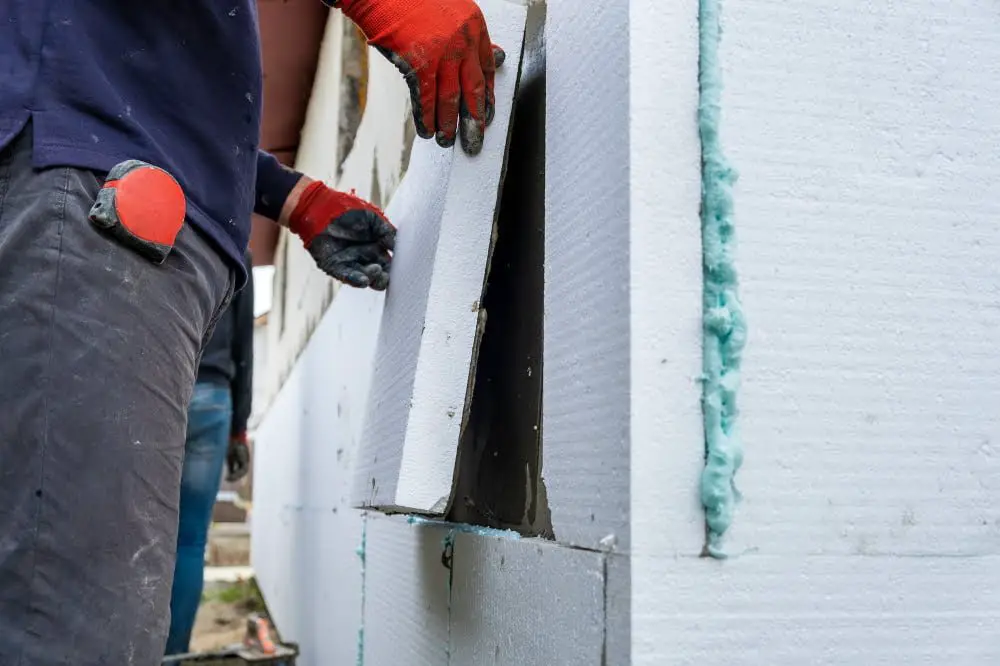
It consists of vinyl or fiber cement panels with foam backing, which helps to reduce energy loss and improve thermal efficiency. Insulated siding can help homeowners save money on heating and cooling costs by keeping their homes more comfortable year-round.
In addition to its insulating properties, insulated siding also offers other benefits such as increased durability and resistance to impact damage. It can also be designed in various styles and colors, making it a versatile option for modern house exteriors.
When choosing insulated siding for your home, it’s important to consider factors such as the R-value (a measure of thermal resistance), thickness, color options, maintenance requirements, warranty coverage and installation cost. Consulting with a professional contractor or installer can help you make an informed decision based on your specific needs and budget constraints.
Corrugated Metal
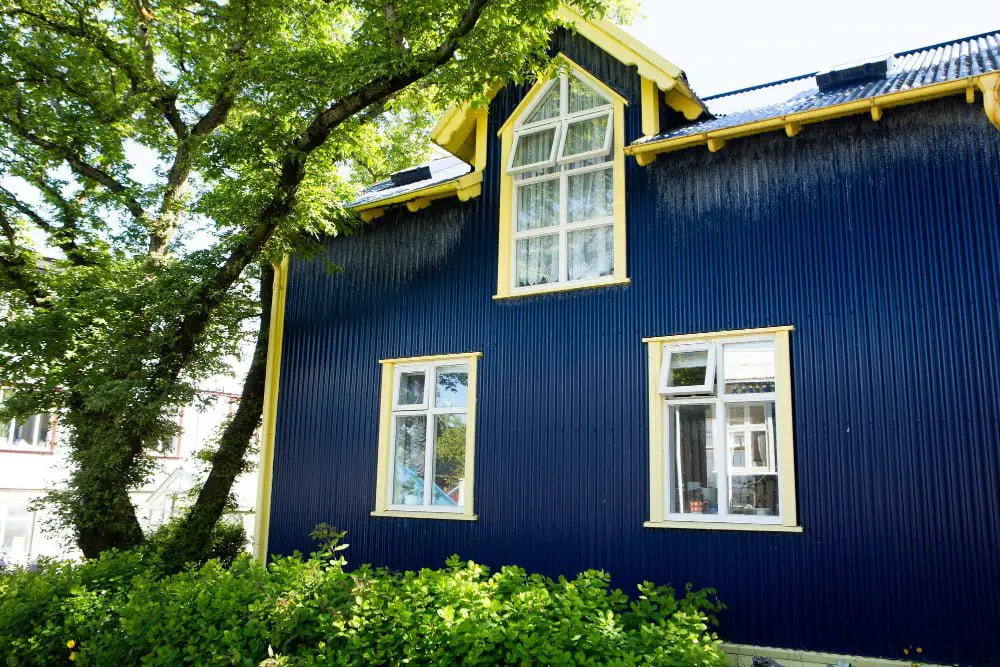
It is made from sheets of metal that are shaped into ridges and valleys, providing strength and rigidity while also creating an interesting texture on the surface. Corrugated metal can be made from a variety of metals including steel, aluminum, copper or zinc.
One advantage of corrugated metal siding is its resistance to weathering. It can withstand harsh weather conditions such as heavy rain, snowfall or strong winds without deteriorating over time.
It does not rot like wood or crack like stucco.
Another benefit of corrugated metal siding is its versatility in design options. The material comes in various colors and finishes which allows homeowners to choose the best option that suits their style preferences.
Installation costs for corrugated metal may vary depending on factors such as size of the home and complexity involved in installation but overall it tends to be less expensive than other materials such as brick veneer or stone cladding.
Concrete Panels
They can be made in various sizes, shapes, and colors to suit different architectural styles. Concrete panels can also mimic the look of other materials such as wood or stone while providing superior resistance against weathering, fire, and pests.
One advantage of using concrete panels is that they require minimal maintenance compared to other types of siding. They do not rot or warp like wood nor fade or crack like vinyl.
Concrete panels are also energy-efficient as they provide good insulation against heat loss during winter months.
Another benefit of concrete panel siding is its ease of installation. The lightweight nature allows for quick installation without requiring heavy equipment or specialized skills.
Imitation Stone
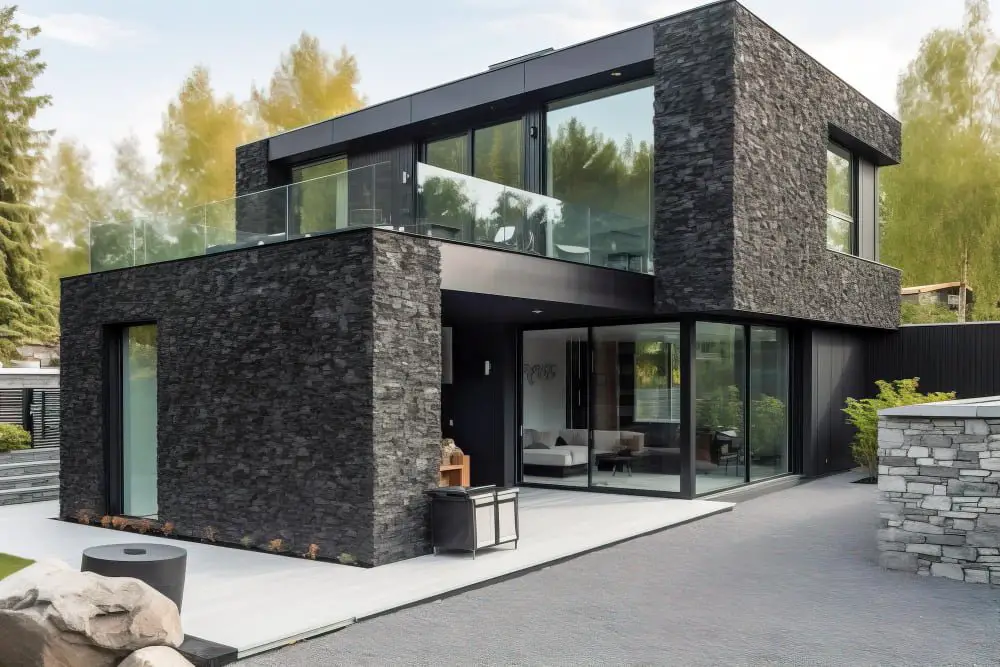
It provides the look and feel of natural stone without the high cost and maintenance requirements. Imitation stones are made from materials such as concrete, fiber cement, or polyurethane foam that can be molded to resemble various types of natural stones like limestone, granite or sandstone.
One advantage of imitation stone is its durability. Unlike real stone which can crack over time due to weathering and temperature changes, imitation stones are resistant to these factors making them ideal for areas with harsh climates.
Another benefit is its versatility in terms of design options. With different shapes, sizes and colors available on the market today you can achieve any desired aesthetic effect ranging from rustic charm to contemporary elegance.
Natural Slate
It is made from fine-grained metamorphic rock that can be split into thin, flat pieces. The unique texture and color variations of each piece give the exterior of a home an elegant, timeless look.
Slate siding requires little maintenance as it is resistant to weathering, fading, and fire. It also has excellent insulation properties which can help reduce energy costs in the long run.
However, natural slate can be expensive compared to other types of siding materials such as vinyl or fiber cement. Installation may require specialized skills due to its weight and fragility.
Shou Sugi Ban (charred Wood)
This method has gained popularity in modern house siding due to its striking appearance and resistance to fire, rot, and insects. The charred layer also acts as a natural insulation barrier, making it an eco-friendly option for homeowners who want to reduce their energy consumption.
Shou Sugi Ban can be applied on various types of wood such as cedar or cypress with different levels of charring intensity resulting in varying shades from light grey tones up until deep black hues. It’s important to note that while this technique provides excellent protection against weathering elements, proper maintenance is still necessary for long-lasting results.
Recap
